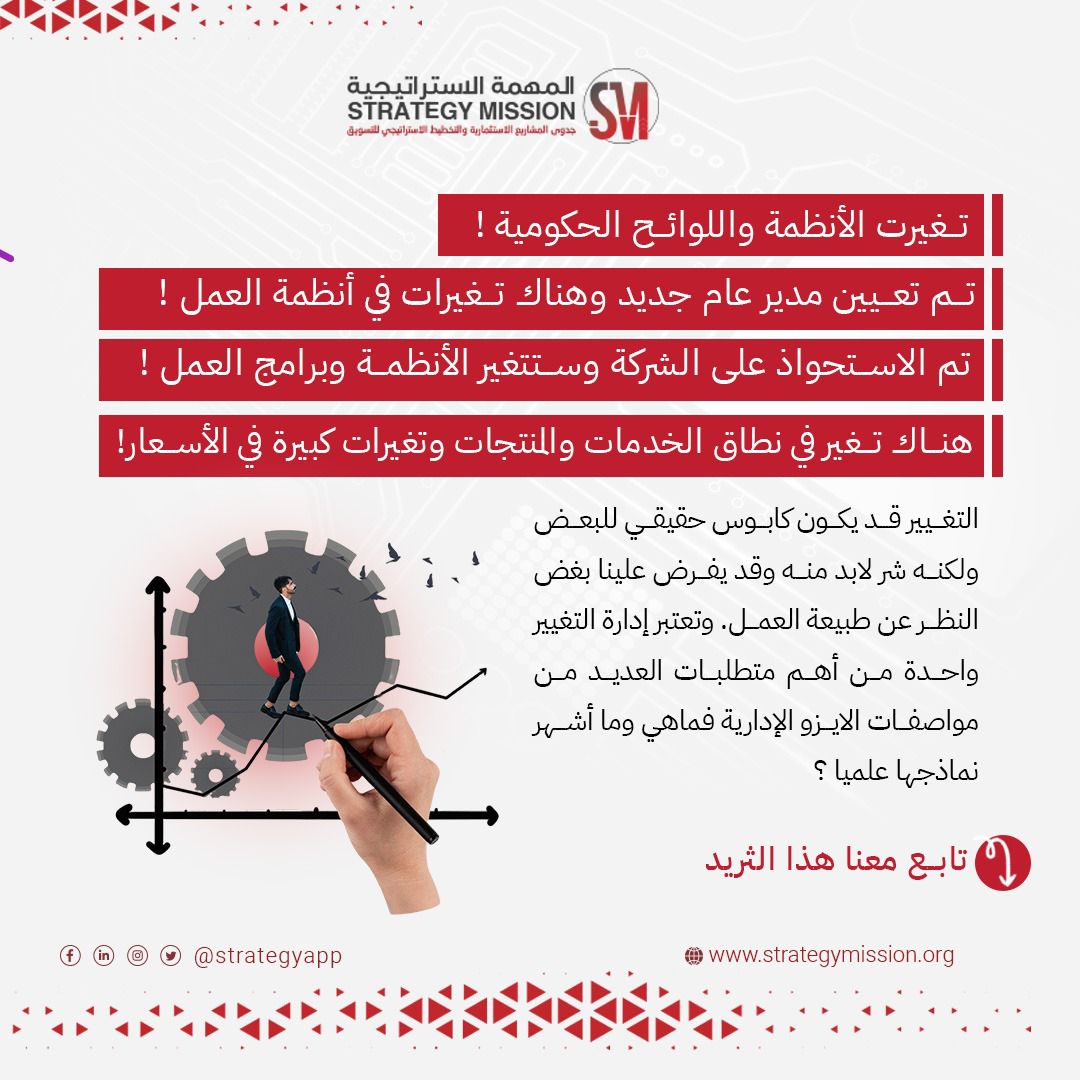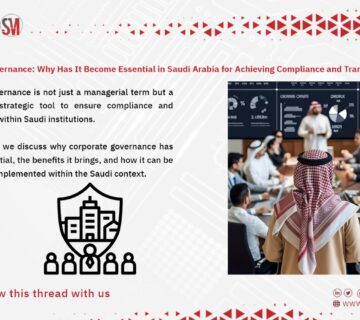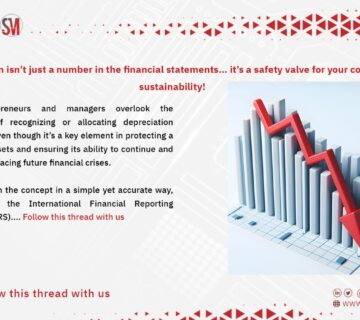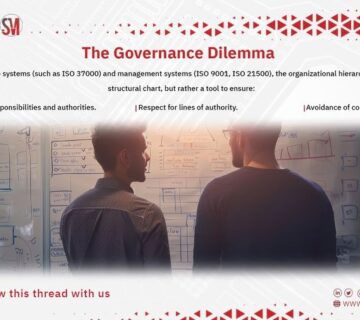😨 Government regulations and rules have changed!
😨 A new General Manager has been appointed and there are changes in work systems!
😨 The company has been acquired, and the systems and work programs will change!
😨 There is a change in the scope of services and products, along with significant price adjustments!
Change can be a real nightmare for some, but it is an inevitable evil that may be imposed on us regardless of the nature of work. Change management is considered one of the most important requirements in many ISO administrative standards. So what is it, and what are its most famous models scientifically?
🏆 And before we begin, we remind you that to request economic feasibility studies, governance, and qualification services for international ISO certifications:
https://strategymission.org/request-services-ar
Or for a free consultation (prior to the service request):
https://wa.me/966115207024
🥇 Change management is an organized process aimed at helping individuals and organizations transition successfully from the current state to a new state, while ensuring that the desired objectives are achieved.
The most famous change management models:
1️⃣ Kotter’s 8-Step Model:
It consists of 8 steps that begin by creating the need for change and end by embedding it in the organizational culture.
2️⃣ Lewin’s Change Model:
It divides change into 3 stages: unfreezing, implementing change, and refreezing.
3️⃣ ADKAR Model:
It focuses on individuals through 5 stages: Awareness, Desire, Knowledge, Ability, and Reinforcement.
4️⃣ McKinsey 7-S Model:
It relies on 7 interconnected elements within the organization (Structure, Strategy, Systems, Shared Values, Style, Staff, Skills).
5️⃣ Bridges’ Transition Model:
It focuses on the human aspect, dividing the transition into ending the old state, the neutral zone, and the beginning of a new state.
Why do we use change management models?
✅ To reduce resistance, especially from long-standing employees (deep-rooted management).
✅ To ensure a smooth transition.
✅ To improve the chances of successful change.
✅ To embed change in the organization’s culture.
🎖️ Stay tuned as we will explain each model with some examples in the upcoming threads, God willing.
#Change_Management #Organizational_Development #Leadership





No comment